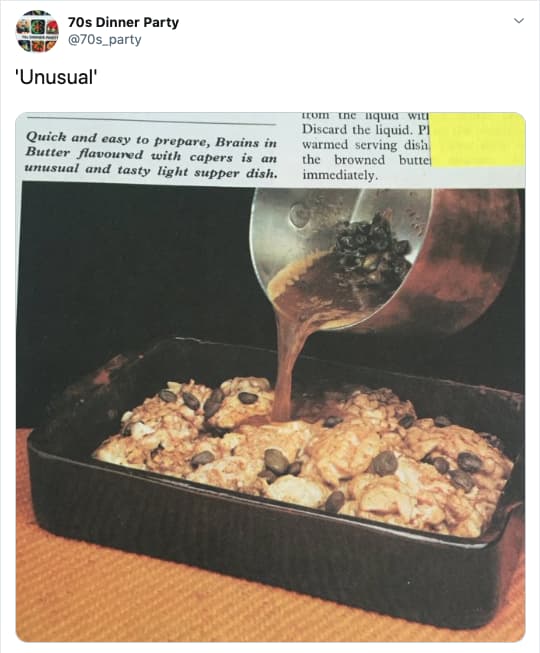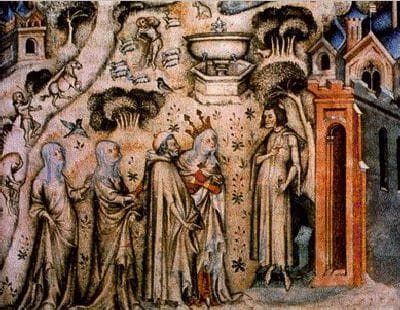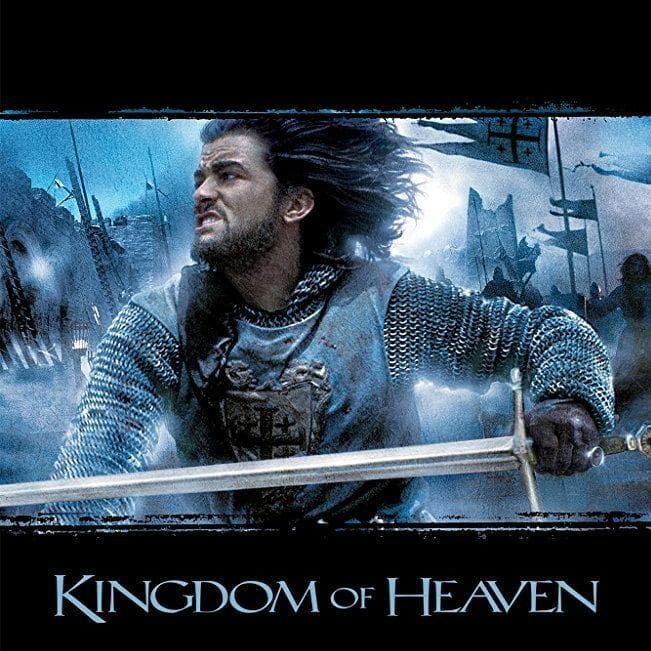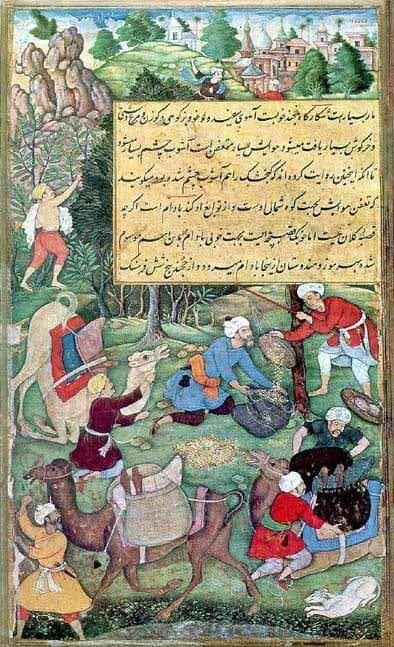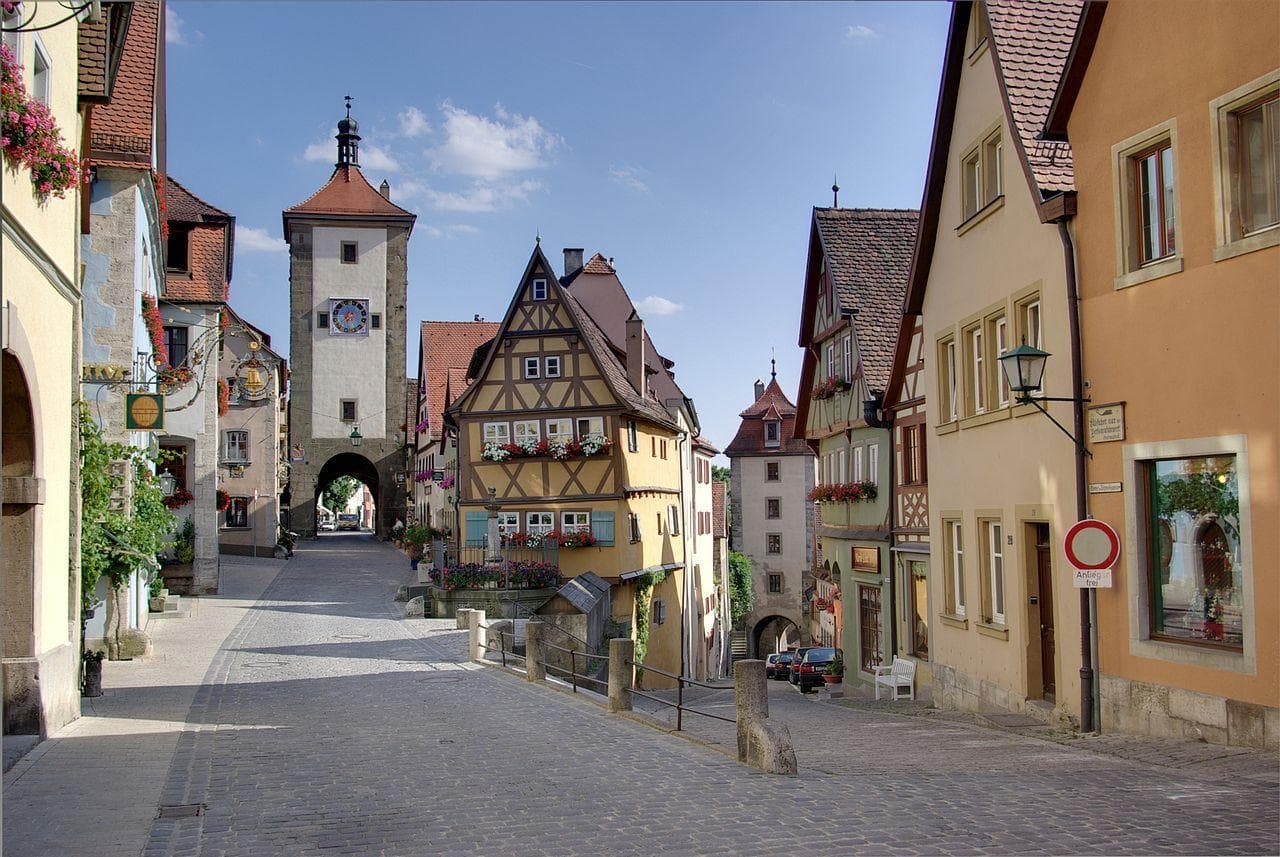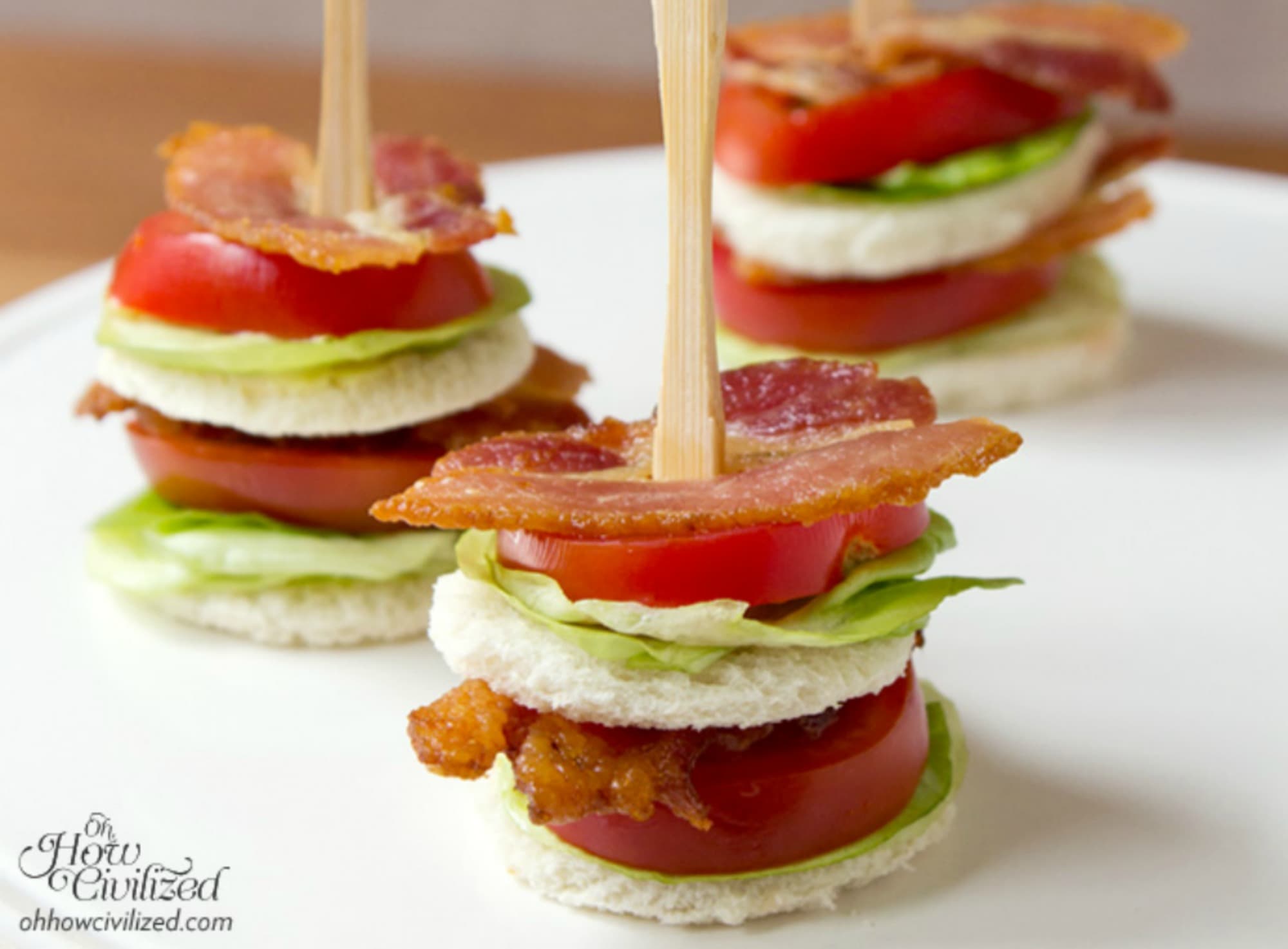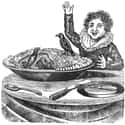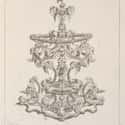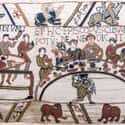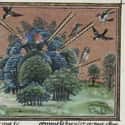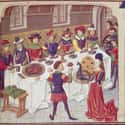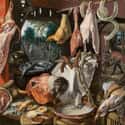(#12) Live Animals Were Deployed As Pranks
Medieval chefs got completely out of hand when trying to one-up each other with the spectacles they could create with food. Oftentimes, this involved posing a full cow or deer in a staggering display at a dinner party. It could also mean cooks inventing mythical animals to lay before the guests, such as the cockagrys (you might know it as a cockatrice) by stitching together the hindquarters of a piglet to the top half of a fowl. Some went so far as to use cotton and alcohol to produce the illusion that a boar's head or fish breathed fire before the guests.
The children's nursery rhyme "Sing a Song of Sixpence" likely gets its "Four and 20 blackbirds baked in a pie" line from a disturbing medieval trend of using animals to surprise dinner guests. One of these might have involved literally encasing birds inside of a pie crust. The prank would reach its payoff when someone tried to cut into the pastry and the birds swooped out. Dishes such as colored, living lobsters mixed in with cooked ones, or a squirming dish of eels, were intended to shock people. Another trick involved plucking a live chicken in hot water, covering it in glaze to make it appear cooked, and putting it to sleep. The unlucky creature was placed among a number of roasted chickens. When a guest would attempt to carve it, it would spring awake and run off across the table, upsetting dishes and goblets.
(#1) Elaborate Sculptures 'Warned' Guests Between Courses
Before the meal, guests could expect a dazzling array of (usually) edible sculptures crafted from sugar and other delicate materials like marzipan or pastry. These were referred to as "warners," because their arrival would warn diners that their feast was soon to arrive. These magnificent displays, or "subtleties" as they were called, were meant to be more of an entertainment than anything else. Often, servants paraded a new subtlety out at the end of each course to signify its completion. They came in the form of rare birds, exotic animals, coats of arms, or even famous people, and were usually accompanied by a poem, song, brief play, or recitation.
During Henry V's coronation feast, the subtleties included more than 20 swans clasping lines of a poem in their bills. Other wild examples included scenes of pilgrims and knights - the "pilgrim" made from pike meat with a lamprey staff, the "knight" a rooster decorated with a paper helmet and placed atop a cooked piglet as its steed.
(#8) Brightly Colored Foods Were All The Rage
Clever cooks of the Middle Ages delighted their lords by devising natural means of coloring food. Because the ingredients used to dye foods were often extremely expensive and hard to come by, this process was reserved almost exclusively for the wealthy. A table covered in an array of splendid colorings dazzled guests and evoked an air of sophistication.
Saffron and egg yolks could be applied to achieve brilliant yellows. Sandalwood could be used to dye foods red, and blood was boiled to create a black coloration. Blue dishes were enjoyed by some of the Germanic folk, and were dyed using columbine flowers. People adored sauces of deeply rich color, and some recipes and cookbooks even specified which colors the finished dish should have.
(#11) The Seasons Determined The Menu
Seasonal foods were more than just a novelty in the Middle Ages - they were thought to be deeply linked to one's health and wellbeing. The medieval foodie would have been very careful to eat within the annual boundaries. Physicians wrote handbooks about "seasonally appropriate foodstuffs" that recommended certain diets based on the temperature and humidity.
For example, in spring, it was prudent to avoid foods that were likely to make one too warm, so goat's milk, lettuce, fat quail, eggs, and partridge were on the menu. In summer, it was advised to consume foods that would help the body against the heat and lack of rain, so people often ate apple, pomegranates, cucumbers, and veal or kid goat cooked in vinegar. Birds prepared in saffron, wine-sweetened figs, and fattened mutton were ideal for autumn's "melancholic" season of cool dryness. Lastly, in winter, it was thought best to make one's meal of rich wine and roast game meat and hens, spiced heavily with pepper to guard against the cold.
(#2) Peacocks Graced The Table
What better way to boast of your wealth than to serve up the flashiest fowl you can find? Peacocks - cooked and served with their lovely plumages reattached - created quite a stir at the tables in the Middle Ages. The birds' skin and feathers were removed and the meat was cooked. Afterward, a layer of spices was added, and the skin and feathers were wrapped back on. Gold leaf or other decorations may have been added at this point.
Nobles enjoyed offering all variety of beautiful birds, including herons, swans, pheasants, and cranes, saying their meat was "more suitable to the tables of kings and princes than the lowly and men of little property."
(#3) Feasts Included Meat, Meat, And More Meat
Medieval gourmets ate a lot of different animals - rabbits, cows, pigs, goats, fowls, sheep, deer, and boars, just to name a few. Even hedgehogs and porcupines sometimes ended up on plates. A single banquet menu once consisted of a veritable zoo of creatures, with 12 pigeons, 12 chickens, six rabbits, two herons, a whole deer, a sturgeon, a pig, and a kid goat appearing in just three of the massive six courses. Some feasts may have included a roast boar stuffed with sausages that would pour out of its belly when the beast was carved.
Pies were often seen on the table among other roasted and stewed meats, containing layer upon layer of pigeon, rabbit, or pork. The sometimes intricately decorated crust on the outside was usually not intended to be eaten and existed to keep the meaty insides fresh and protected. The truly discerning palate would prefer only fresh meat as opposed to salted, preserved cuts. However, no animal parts went to waste, including the bladder, stomach, and womb of the pig, which were often used as sausage casing.
New Random Displays Display All By Ranking
About This Tool
The feasts of the Middle Ages is similar to the modern dinner party in some ways. They light up candles, then serve soup and salad, then taste better food, and desserts. The more formal or special occasion, the more luxurious. Medieval nobles were obsessed with exotic delicacies, such as the swans at Henry VIII's dinner. It should be known that guests are also subject to various etiquette rules in the medieval feast.
Do you dream you could travel back to Medieval time? There are some details about the glorious medieval feast, you could check the generator if you are interested in. Welcome to search for others that you like with the tool.
Our data comes from Ranker, If you want to participate in the ranking of items displayed on this page, please click here.

